If you do not have a pair of child-sized Fiskar scissors in your home for your child to use, please just stop and go get some, or order them off Amazon. If your kid is a leftie, be sure to get some left-handed scissors. Yes, it does matter!
Why Are Scissors Important?
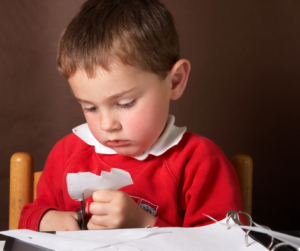 Now that we’ve gotten that out of the way … are you wondering why I’m demanding you find those scissors? It is because scissors teach wonderful skills, build the brain-body connection, and prepare kids for real-life problems. And too many parents have told me they were afraid to give their child scissors. Kids need those skills and too many today lack good fine motor skills.
Now that we’ve gotten that out of the way … are you wondering why I’m demanding you find those scissors? It is because scissors teach wonderful skills, build the brain-body connection, and prepare kids for real-life problems. And too many parents have told me they were afraid to give their child scissors. Kids need those skills and too many today lack good fine motor skills.
Yes, those safety scissors will cut hair. No, they won’t cut skin. Yes, I’m sure. I have been on the receiving end of various safety scissor incidents. All in the line of work as an occupational therapist.
Really, It’s Important.
Now, why am I such a fan of scissor skills? Let me break it down for you.
Let’s go way back. Once upon a time, there were no screens and few toys. Most small children annoyed their mothers each day until their mom said: “Here, help me with this.” And those little children learned to grind the grain, wash the clothes, pick the berries, and do whatever work their mothers were doing. They weren’t very good at it at first. But these activities built their muscles, coordination, and brain-body connection. The children learned to use two hands to do complex tasks, sometimes doing something different with each hand at the same time. Thankfully, today most of us don’t have to spend our days grinding grain or churning butter unless it is part of a homeschool history lesson. But our kids still need to develop that ability to use their hands in a wide variety of ways.
 Scissors are a wonderful first tool to learn to use. The child has to figure out how to do the complex movements of opening and closing the scissors with one hand while holding the paper and manipulating it with the other. Cutting along a straight line is the most basic skill. Then the child can progress to cutting out complex shapes, which requires thinking ahead and higher levels of motor planning, to make simple crafts.
Scissors are a wonderful first tool to learn to use. The child has to figure out how to do the complex movements of opening and closing the scissors with one hand while holding the paper and manipulating it with the other. Cutting along a straight line is the most basic skill. Then the child can progress to cutting out complex shapes, which requires thinking ahead and higher levels of motor planning, to make simple crafts.
What does the child’s brain do during scissor use?
When a child’s brain is using scissors, it has to pay attention to both hands, as they do different things. It also has to take in what their eyes see and get the hands to respond to that input. Cutting along a line, for example. These connections lay a foundation for handwriting, complex tool use, and cooking skills, which will all require this level of body-brain interaction. This interaction isn’t fully integrated for small children. You can tell by how they struggle to stay on the line, turn the paper while cutting, and the other skills they have to learn. By learning to do this now, the brain puts into place patterns it can follow in other difficult tasks later.
For some children, scissor use comes to them fairly easily with a bit of practice. For non-typical children, the motor coordination and planning necessary to use scissors can be harder skills to gain. I push those children to get the skills because they need those brain pathways to be laid down just as much, if not more than their typical peers.
Here are a few tips for introducing scissors to your child:
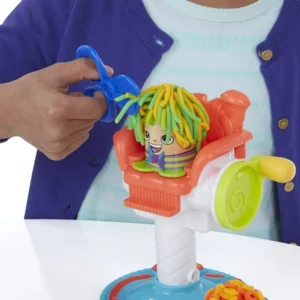 It’s fun to start with using playdough scissors to snip apart logs of playdough. There are some very cute Play-Dough kits available for this.
It’s fun to start with using playdough scissors to snip apart logs of playdough. There are some very cute Play-Dough kits available for this.
Once your child has the pattern of opening and closing down, you can move on to snipping paper. We always tell the kids “Thumbs Up” when introducing scissors and cutting paper. This is because the thumb should stay in the smaller hole of the scissors and stay on the upper side while cutting. The wrist should be perpendicular to the ground and the paper held flat.
Small pieces of paper are easier to cut. Cutting apart index cards is a good way to start with paper cutting.
I love the Kumon cutting book for giving your child gradually more challenging cutting games. Just start on page one, and work your way through the book. The hardest projects are in the back.
Don’t limit yourself to paper!
Also, feel free to use those cutting skills in other ways. You can wash those kid scissors and let your child use them to chop herbs for dinner. Have them cut tissue paper into small pieces and then let them glue it down to create unusual mosaic art. Give them old magazines or even sales papers and encourage them to cut out pictures that interest them.
The better your child becomes at using scissors, the better they will later be at other complex tasks they will need to do as an adult. Doctors, dentists, plumbers, and electricians all need good bilateral (2 hands) coordination!
So, give your child scissors! Teach them to cut!
P.S. Here are the links to the scissors and other items I’ve recommended today.
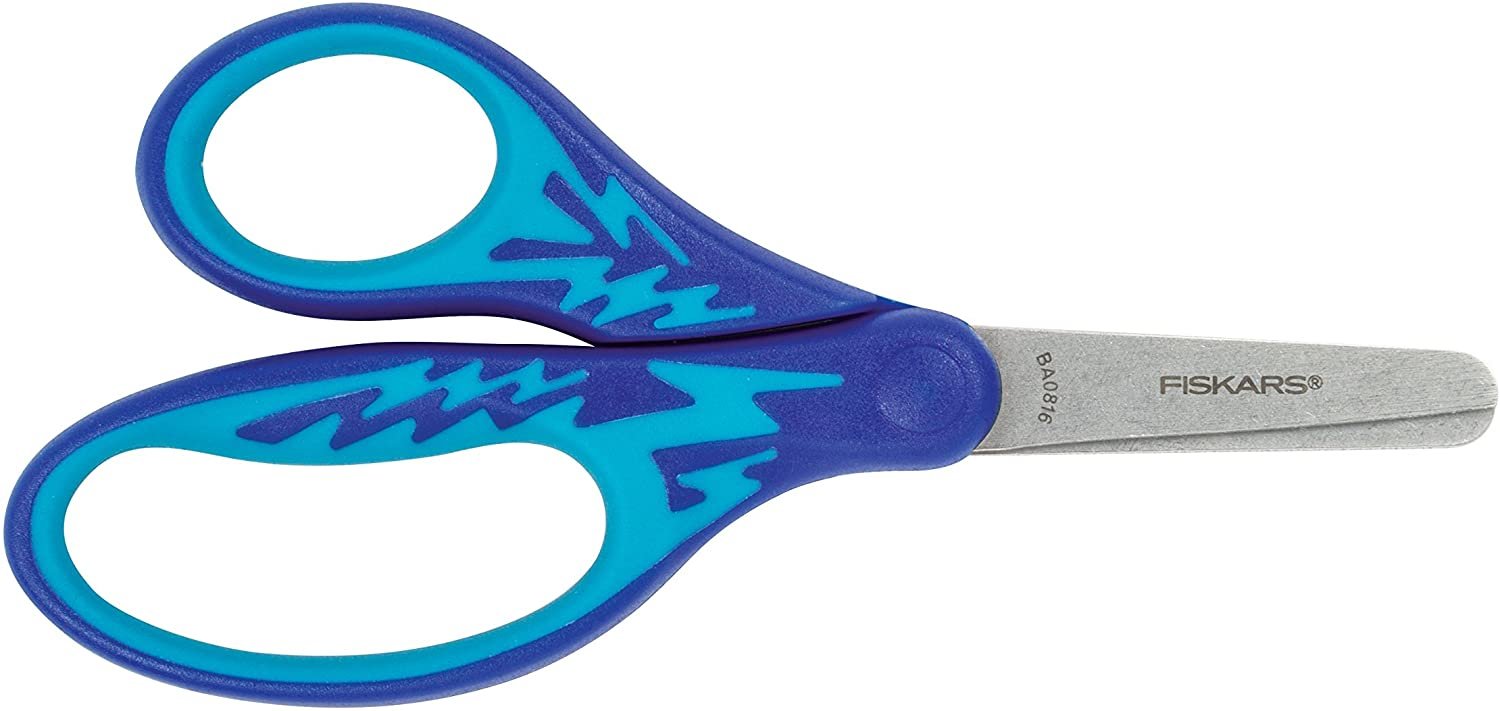 | by Fiskars | 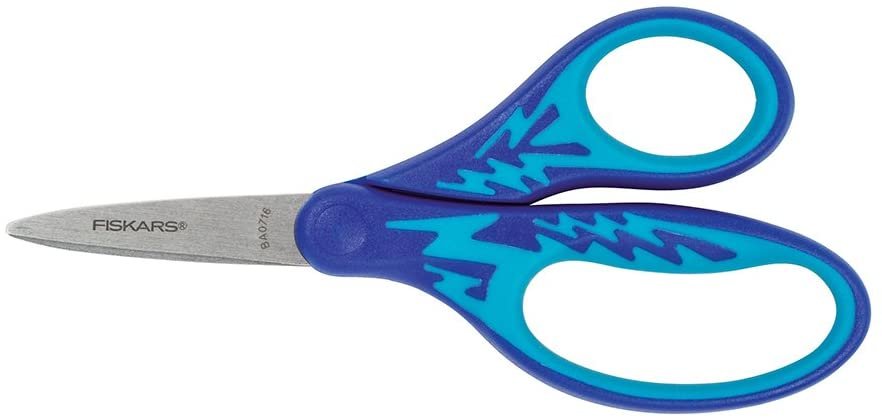 | by Fiskars |
 | by Play-Doh | 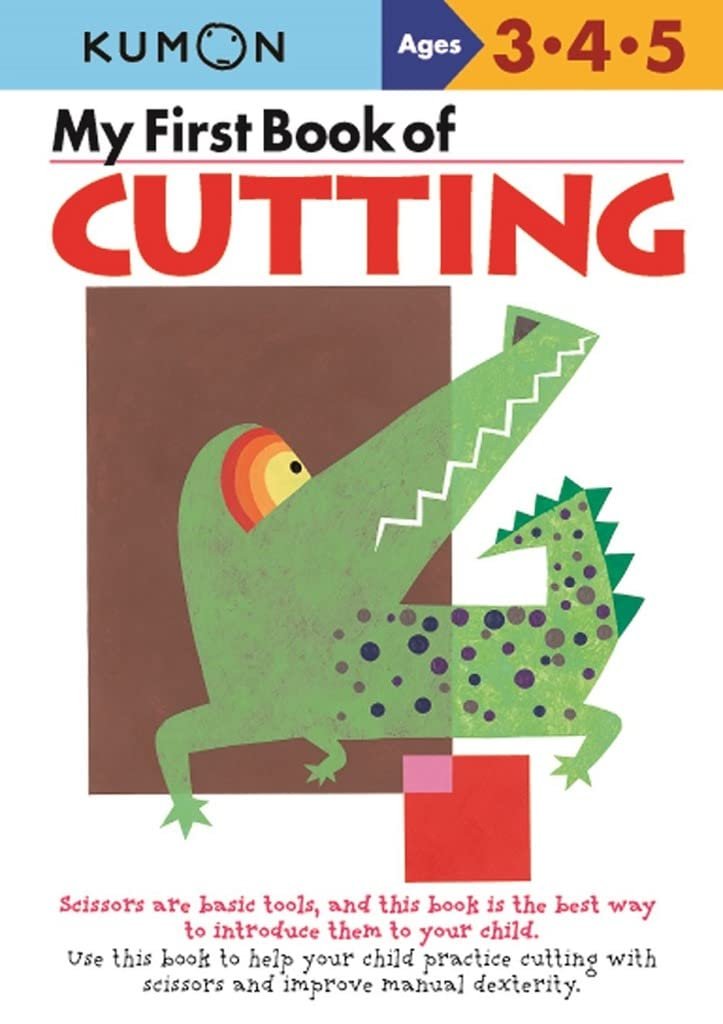 | by Kumon |
** Our business does receive a small percentage of sales made through links on this page to Amazon as part of the Amazon Affiliates program and through links to Bookshop as part of the Bookshop Affiliates program. If you chose to purchase through one of these links, please know that we appreciate it. Thank you!
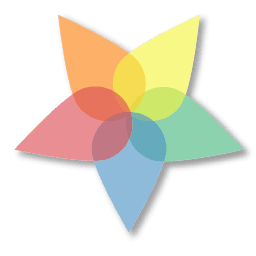

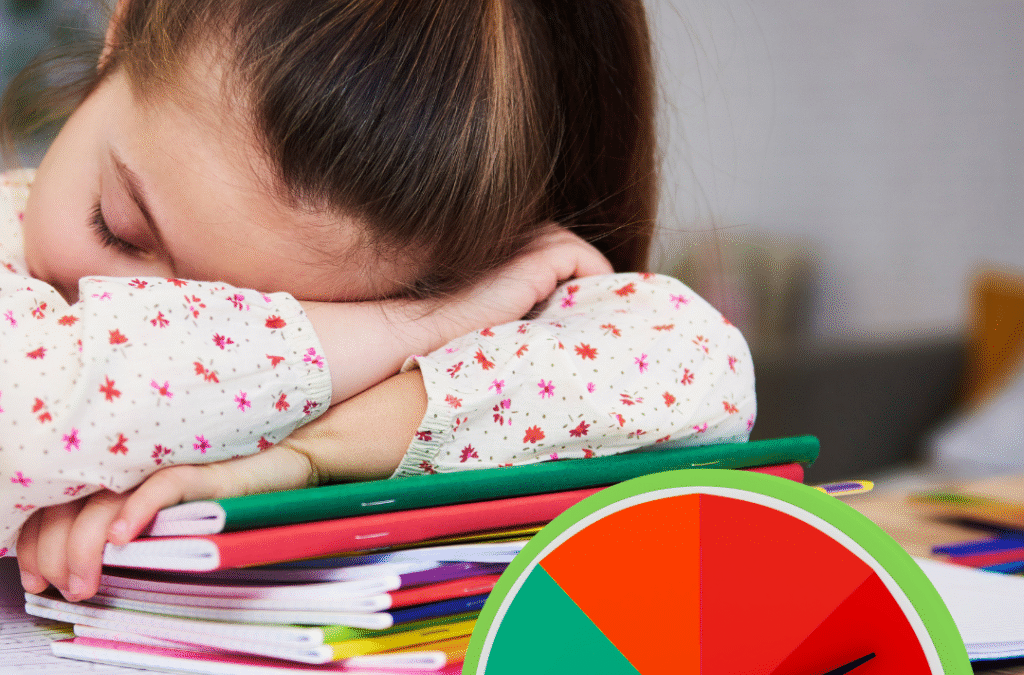

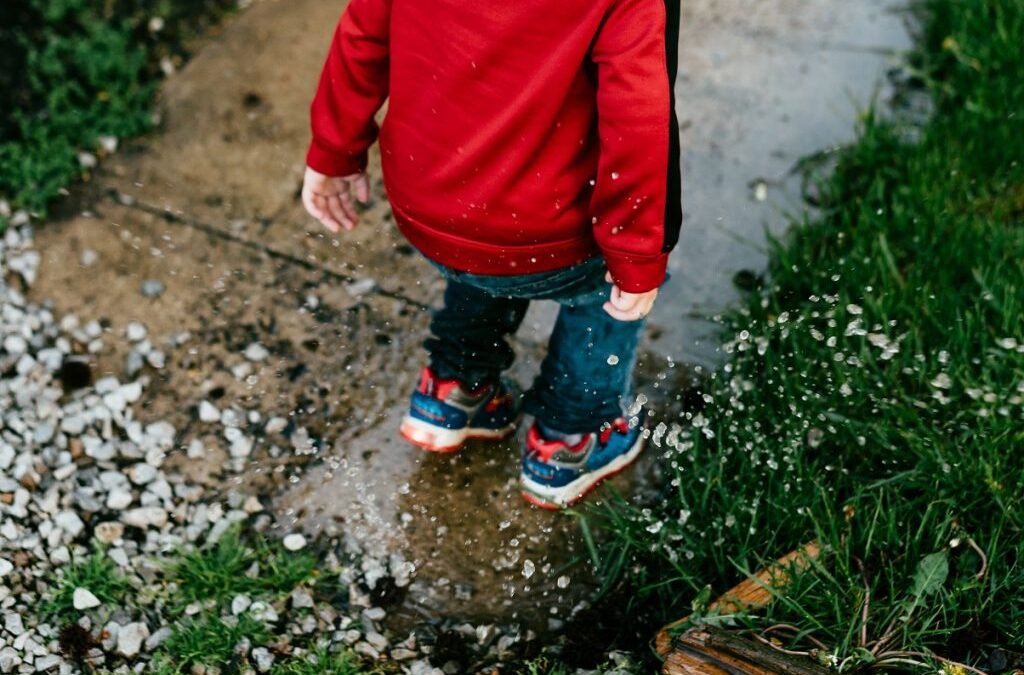
0 Comments